Not luck, not magic, and not perfume.
Behind that quiet freshness sits a repeatable playbook: remove moisture fast, break down residue, and neutralise smells at the source. We unpack the habits head housekeepers rely on, and show the simple numbers that keep your own bathroom as calm as a good hotel’s.
The instant hotel move
Damp textiles are odour engines. Terry towels, bath mats and flannels trap moisture in deep loops. Bacteria love that warm, wet fibre, and the smell spreads through the room. Hotels stop it early.
Get damp fabrics out of the bathroom within minutes. Dry air stops odour before it starts.
- Hang towels in a dry, ventilated space after showering. Not on a hook in steam.
- Change towels weekly, or sooner if used daily or by multiple people.
- Use a heated rail or electric towel warmer to keep loops dry and comfortable.
- Pick fast‑drying bath mats and launder them regularly.
Your washing machine helps. Wash towels at 60°C with a standard detergent to remove odour‑forming microbes. Between washes, give them a sharp airing by a window or on a balcony.
Ventilation that actually works
Odour rides with humidity. Hot shower air saturates surfaces; condensation then feeds mould and film. Move moisture out quickly and the room stays neutral.
- With a window: open it straight after showering for 5–10 minutes, prop the door open and create a cross‑draft.
- No window: run the extractor fan for 15–20 minutes after showering. Leave doors ajar to boost airflow.
- Squeegee glass and tiles. A minute of blade work removes a surprising amount of water.
- Track humidity with a small hygrometer. Aim for 40–60%.
Target 40–60% relative humidity. Below smells fade; above they linger and feed growth.
Neutralisers, not cover‑ups
Hotels rarely rely on heavy fragrance. They neutralise the cause, then add a light, clean note if needed.
Keep drains sweet with kitchen staples
- Tip half a cup of baking soda into a smelly drain, then flush with hot (not boiling) water to clear deposits.
- If smells persist, fill the trap with warm water first. A dry U‑bend lets sewer gases creep upward.
- For drains used rarely, add a teaspoon of cooking oil on the water surface to slow evaporation.
- Shake a little baking soda into the bathroom bin base and replace it regularly.
Light scent after the fix
Once the source is controlled, bring in gentle fragrance. A bar of perfumed soap left in the open refreshes each time hands are washed. A short burn of a small candle can help, but never leave it unattended. Prefer subtlety to sprays that only mask.
Go easy with essential oils, especially around pets or sensitive noses. Hydrosols (floral waters) are milder if you react to oils.
Surfaces: break down the film
Soap residue and light biofilm trap smells. A simple 1:1 mix of household vinegar and water helps slow mould and lifts haze from tiles and grout.
- Mist walls after showering, wait two minutes, then wipe dry.
- Avoid on natural stone such as marble or slate; use a pH‑neutral cleaner there.
- Never mix vinegar with chlorine bleach.
Clean first, then scent. Source control beats any spray.
Quick source checklist
- Drains: confirm water sits in the trap; clear hair from strainers.
- Toilet base: check for loose seals and tiny leaks.
- Bin: knot bags firmly; wash the bin and the underside of the lid.
- Shower curtain: wash often to avoid that plasticky film smell.
- Washing machine in bathroom: clean lint filter and door seal; run a 60–90°C maintenance cycle monthly.
- Air circulation: keep corners open and furniture off cold external walls.
What works where: a handy matrix
| Problem | Hotel habit | Do this at home | Useful metric |
|---|---|---|---|
| Musty air after showers | Rapid ventilation | 5–10 minutes window open or 15–20 minutes extractor on | 40–60% RH on a hygrometer |
| Drain whiff | Regular trap checks | Half‑cup baking soda + hot water; keep U‑bend filled | Monthly quick flush on little‑used drains |
| Textile odour | Fast removal of damp towels | Dry outside the bathroom; wash at 60°C | Towels dry to the touch within 2–4 hours |
| Residue on tiles | Daily wipe‑downs | 1:1 vinegar–water spray, then dry | No visible film on glass and grout |
| Lingering bin smell | Deodorising layer | Teaspoon of baking soda in the base; rinse bin weekly | Replace soda weekly |
Why towels dominate the smell
A damp towel has a huge surface area, so it evaporates moisture constantly. That warm vapour creates a microclimate where bacteria bloom. As the fibres warm, they diffuse odour across the room. Remove the towel or dry it fast and the process collapses. Hotels focus here because it delivers the biggest win for the least effort.
Two fixes for tricky homes
- Guest bathrooms: U‑bends can dry out between visits. Run taps for a minute every other day. Add a teaspoon of cooking oil to the trap to slow evaporation if a room sits idle.
- No‑window bathrooms: fit a timer to your fan so it runs 10–15 minutes after a shower. In older properties, a quiet mini‑dehumidifier can stabilise humidity on wet days.
Small extras hotels use that make sense at home
Activated charcoal bags tame stray scents in cupboards where perfumes and lotions linger. A washable polyester shower curtain dries faster than heavy vinyl. If you are scent‑sensitive, swap essential oils for hydrosols or keep fragrance‑free and prioritise ventilation.
Build a 15‑minute weekly routine: squeegee walls, empty and rinse the bin, check drains, swap towels and wash the mat. That rhythm keeps moisture low and sources under control with little effort.
Safety notes that save headaches
- Use hot, not boiling, water in plastic‑waste drains to avoid heat damage.
- Never mix cleaners containing bleach with acids such as vinegar or lemon.
- Go light with essential oils around pets and children; ventilate well.
Moisture control, surface care, then subtle scent. Follow that order and you rarely need an air freshener.
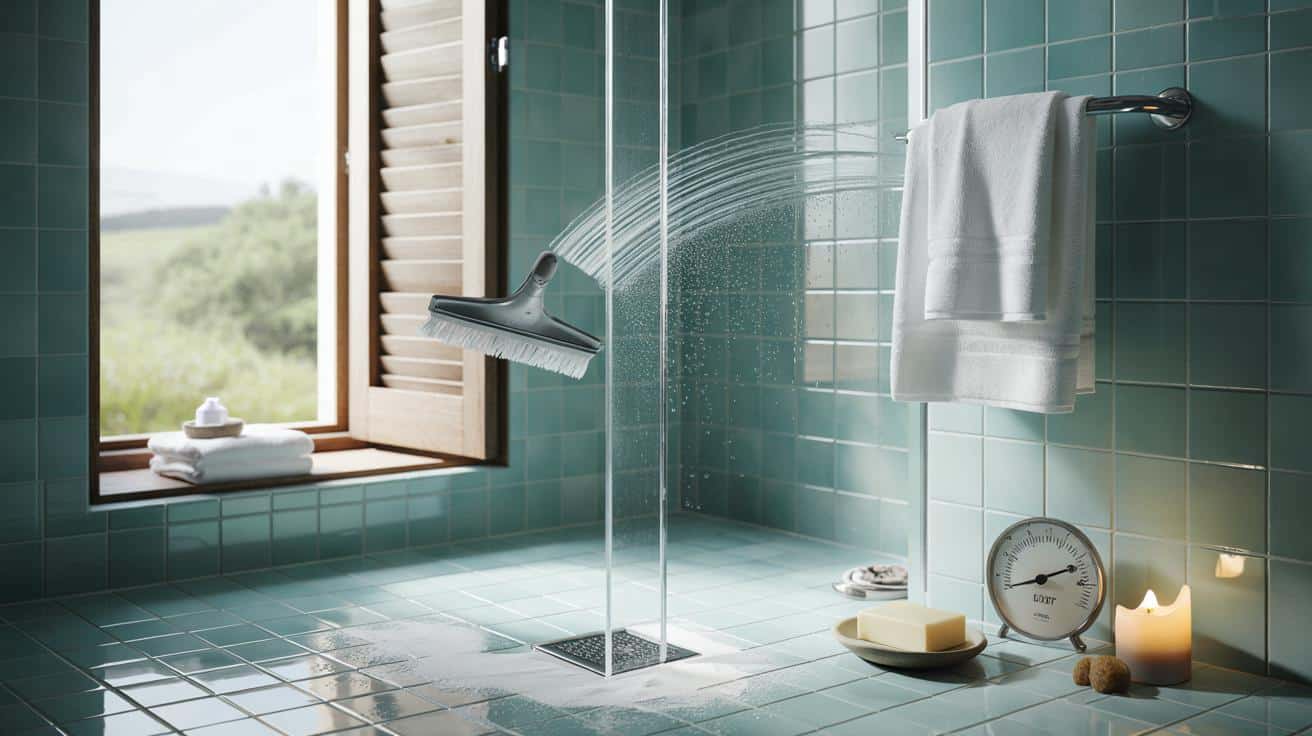
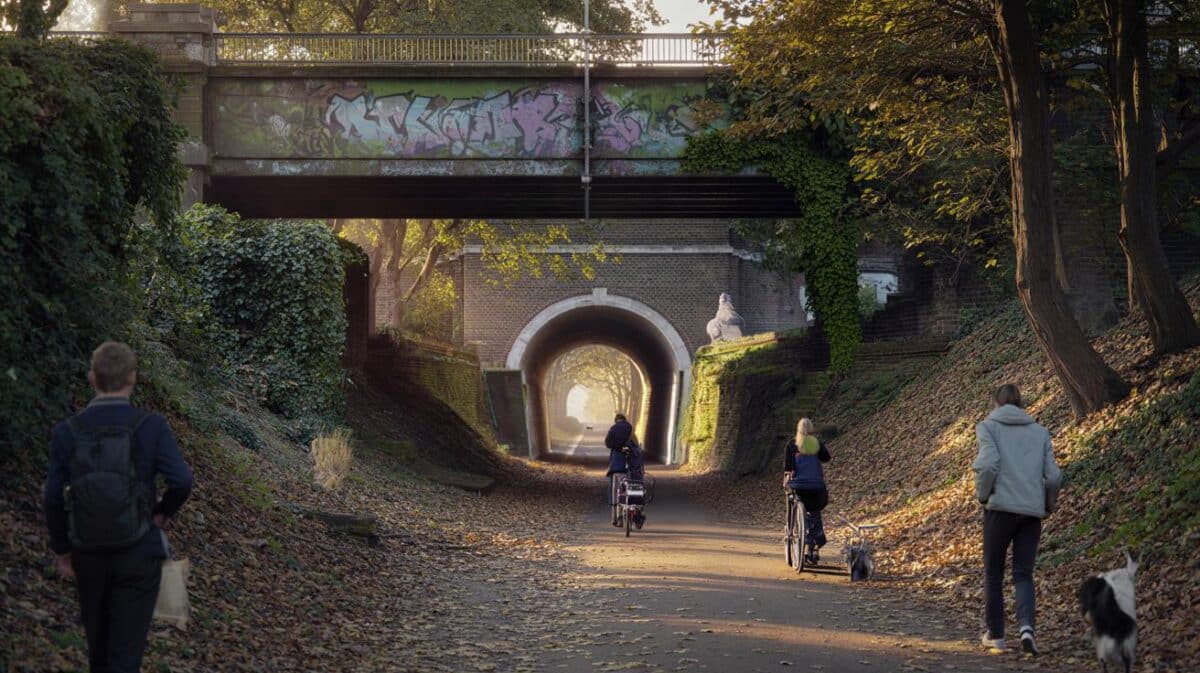


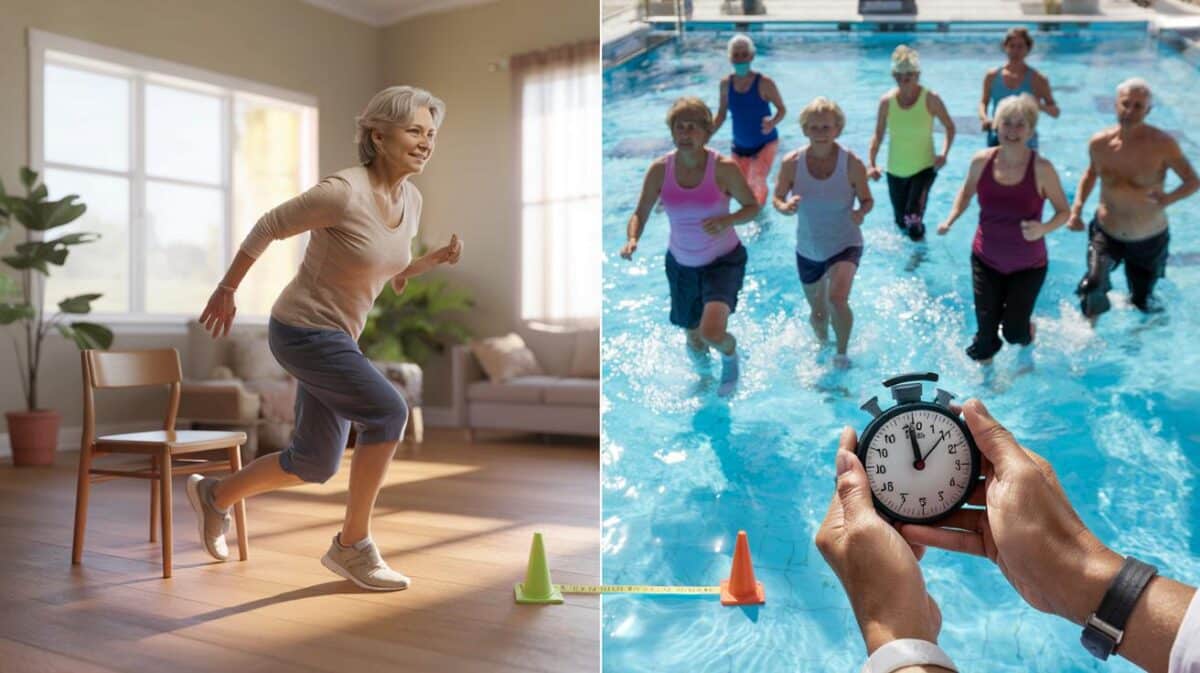

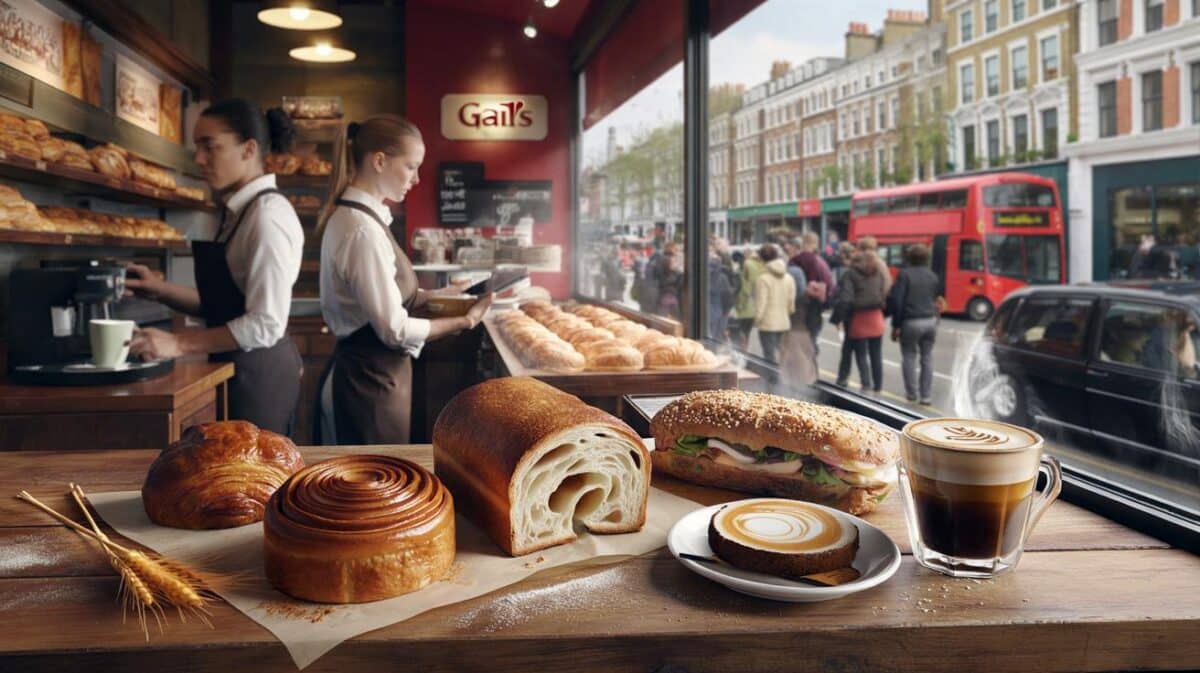
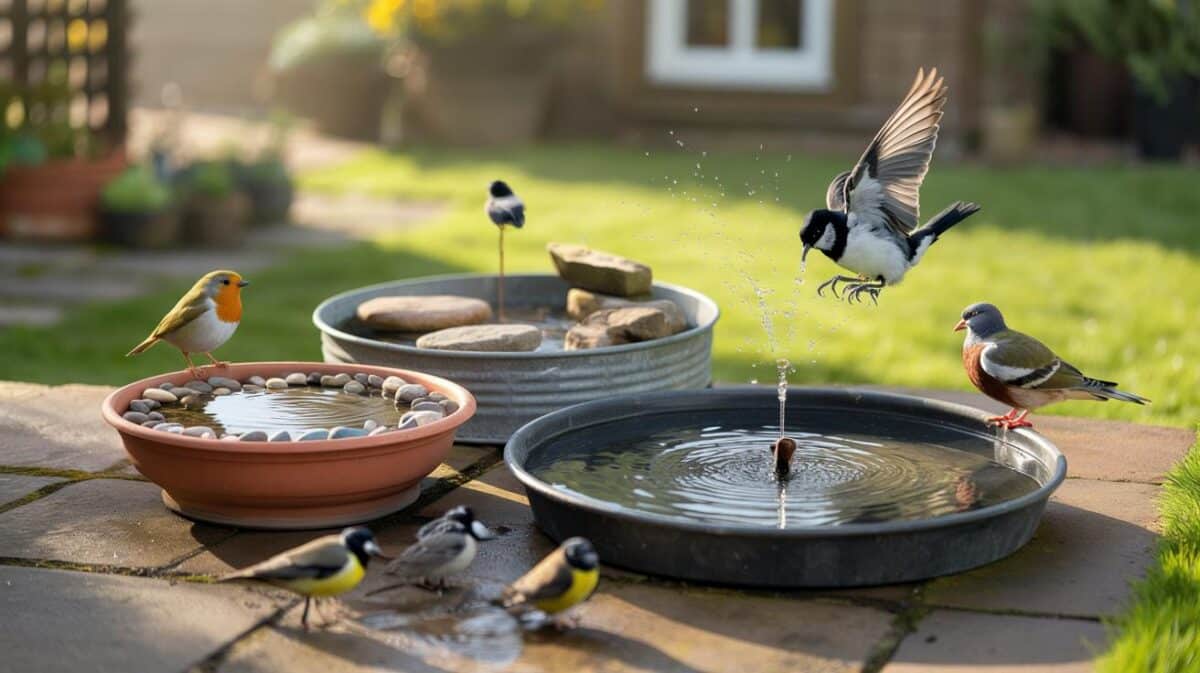
Loved the 40–60% RH target—my hygrometer was gathering dust. Tried the post-shower squeegee + fan for 15 mins and the mirror actually stays clear. Thanks for the no-spray approach; it feels calmer than blasting perfume. Definately keeping towels out of the bathroom.
Do hotels really skip sprays? I always catch “signature scents” in lobbies. Is the claim here just for bathrooms, or am I missing the difference between neutralisers and fragrance?